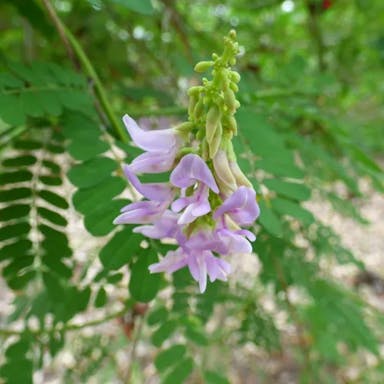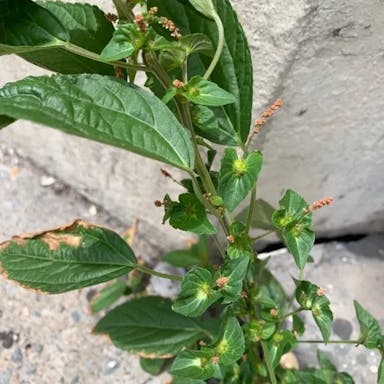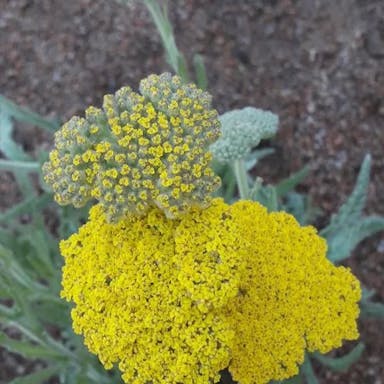Chainplant or Callisia navicularis is native to Mexico and Central America. This perennial plant has long stems that reach about 30cm. The leaves are fleshy and shaped like a boat. Leaves are usually green but sometimes reddish or purplish. The flowers are small, white or pale pink. They grow in clusters along the stems. People like this plant for hanging baskets and indoor gardens because the stems trail. It's relatively easy to grow in different light, from bright indirect light to partial shade. Well-draining soil and regular water is best, allowing the soil to dry out a bit between waterings. There are no special varieties or cultivars of this plant. It does not produce noteworthy fruits or seeds. There is no specific cultural meaning associated with Chainplant. It is primarily grown as a low-maintenance houseplant.
0
0











